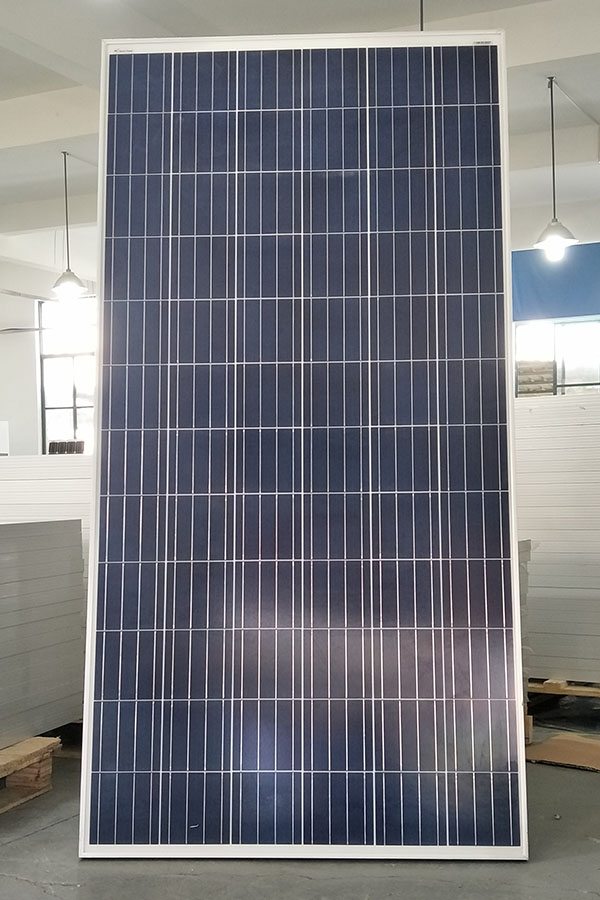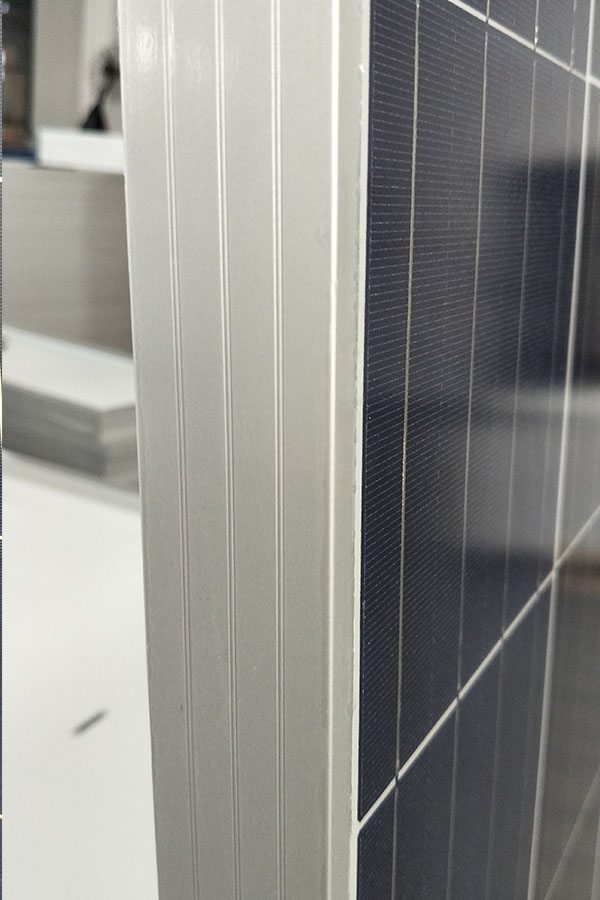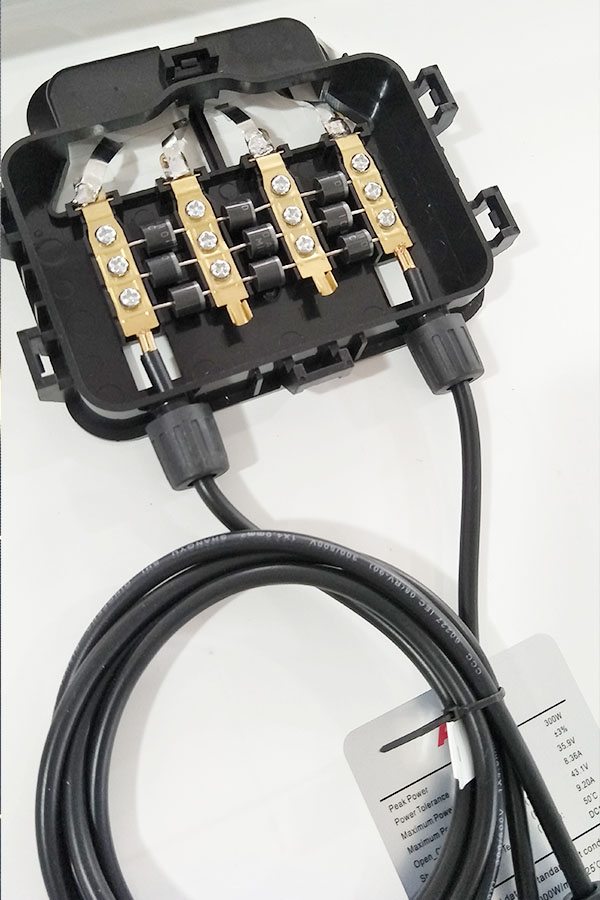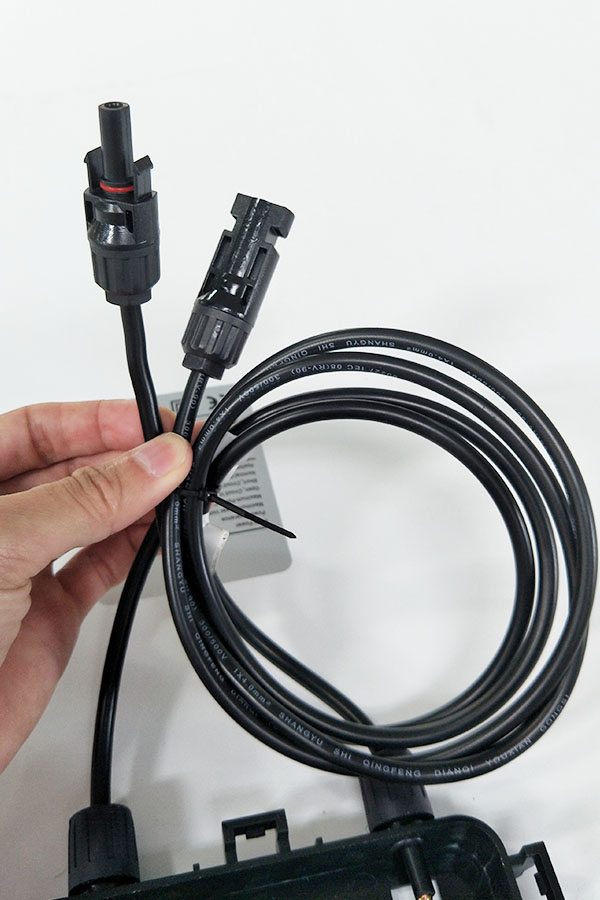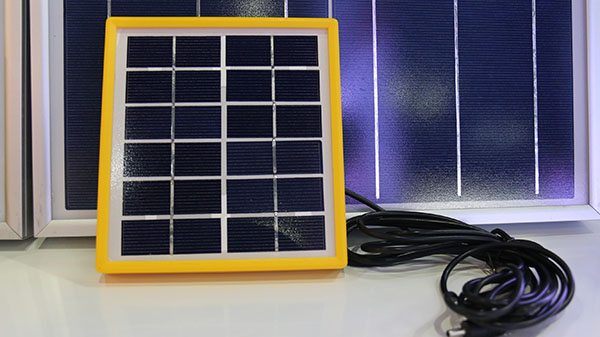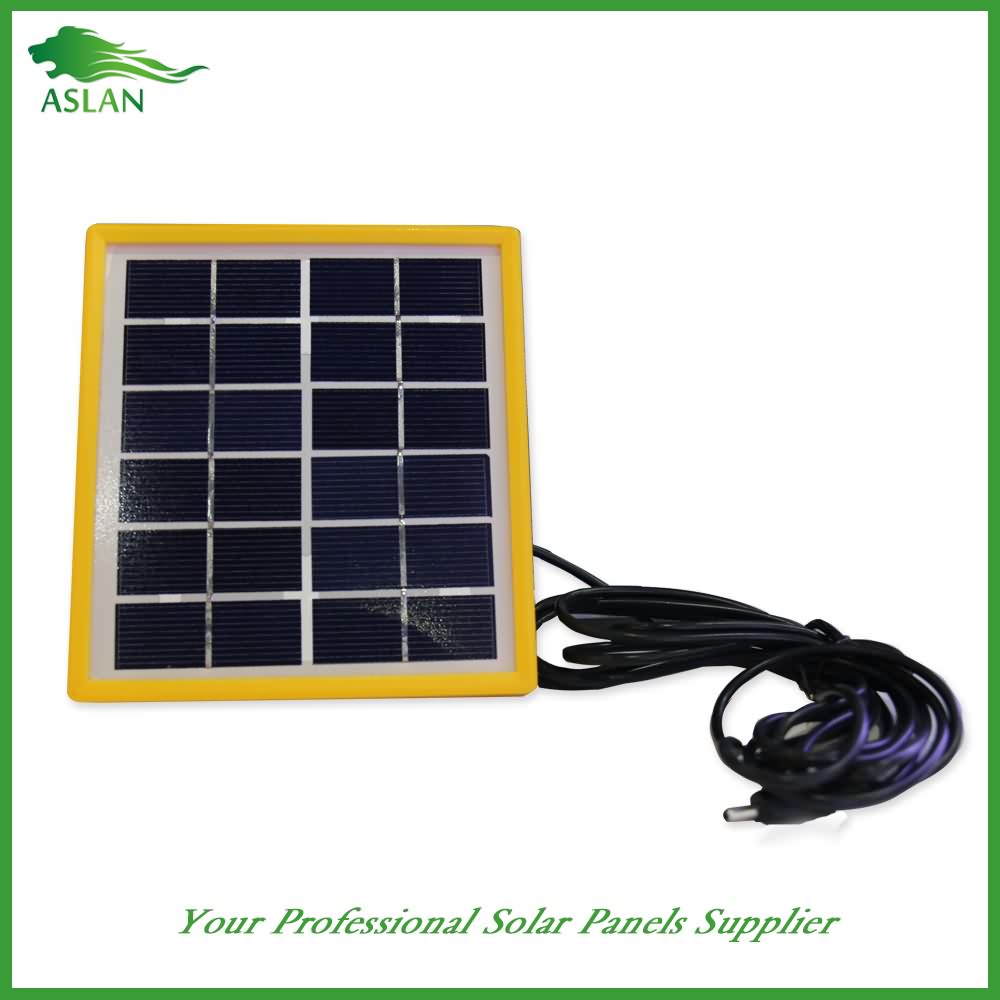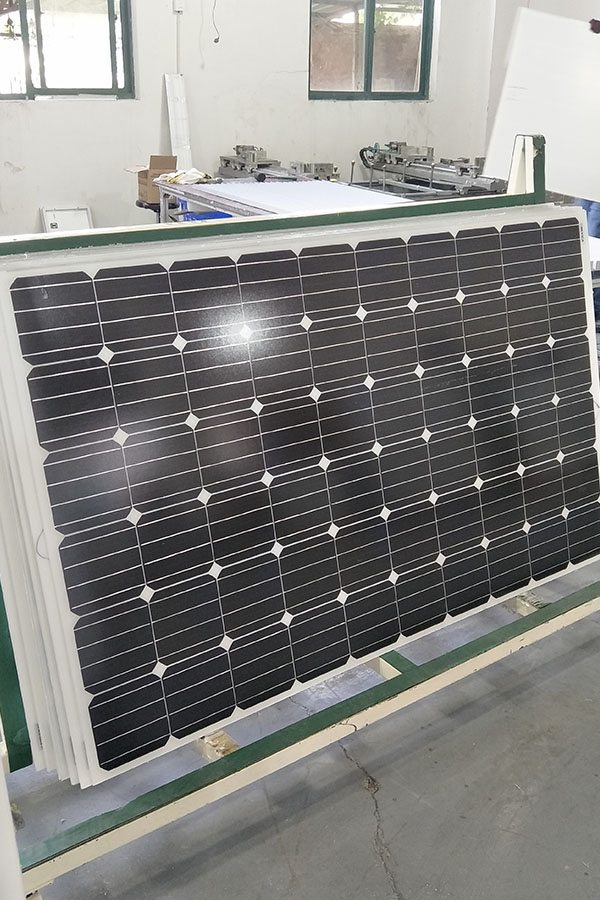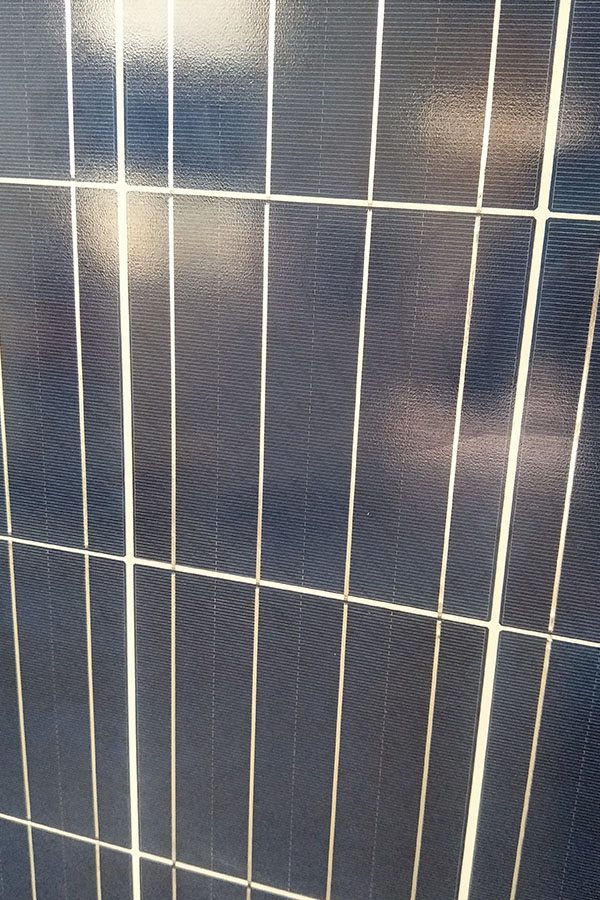High Performance Poly-crystalline Solar Panel 300W Factory from Indonesia
Short Description:
We keep improving and perfecting our products and service. At the same time, we work actively to do research and development for High Performance Poly-crystalline Solar Panel 300W Factory from Indonesia, Let's cooperate hand in hand to jointly make a beautiful future. We sincerely welcome you to visit our company or contact us for cooperation!
Poly-crystalline Solar Panel 300W
Technical parameter
Maximum Power(W) 300W
Optimum Power Voltage(Vmp) 37.15V
Optimum Operating Current(Imp) 8.08A
Open Circuit Voltage(Voc) 45.30V
Short Circuit Current(Isc) 8.87A
Mechanical Characteristics
Cell Type Poly-crystalline 156x156mm (6 inch)
No of Cell 72 (6x12pcs)
Dimensions 1956x992x50mm
Weight 22.5Kg
Front Glass 3.2mm,High Transmission, Low Iron,Tempered Glass
Junction box IP65 Rated
Output Cable TUV 1×4.0mm2/UL12AWG,Length:900mm
Temperature and Coefficients
Operating Temperature(°C): -40°C ~ + 85°C
Maximum System Voltage: 600V(UL)/1000V(IEC) DC
Maximum Rated Current Series: 15A
Temperature Coefficients of Pmax: -0.47%
Temperature Coefficients of Voc: -0.389%
Temperature Coefficients of Isc: 0.057%
Nominal Operationg Cell Temperature (NOCT): 47+/-2°C
Materials of solar panel
1).Solar Cell——Poly-crystalline solar cell 156*156mm
2).Front Glass——-3.2mm, high transmission, low iron, tempered glass
3).EVA——-excellent anti-aging EVA
4).TPT——-TPT hot seal made of flame resistance
5).Frame——anodized aluminum profile
6).Junction Box——-IP65 rated, high quality, with diode protection
Superiority: high quality anodized aluminum frame, high efficiency long life, easy installation, strong wind resistance, strong hail resistance.
Features
1. High cell efficiency with quality silicon materials for long term output stability
2. Strictly quality control ensure the stability and reliability, totally 23 QC procedures
3. High transmittance low iron tempered glass with enhanced stiffness and impact resistance
4. Both Poly-crystalline and Mono-crystalline
5. Excellent performance in harsh weather
6. Outstanding electrical performance under high temperature and low irradiance
Quality assurance testing
Thermal cycling test
Thermal shock test
Thermal/Freezing and high humidity cycling test
Electrical isolation test
Hail impact test
Mechanical, wind and twist loading test
Salt mist test
Light and water-exposure test
Moist carbon dioxide/sulphur dioxide
For more Information Visit
http://agradesolarsolutionsaustralia.com.au/
Mobile: 0419 889 555
Address: P.O Box 41 Rosanna Vic 3084
Fax: (03) 9455 0532
Email: craig@agssa.com.au
ABN: 24605924396
Craig: Hi, I’m with Darren from DJ’s Family Butchery. As he discussed when I came to quote his system, he wanted a 5 kilowatt to cover majority of his electrical usage. When we got on the roof, there’s an app on my phone which is a sun seeker app which tracks the path of the sun throughout the year and realized the building next-door was going to cause a considerable amount of shading for a good portion of the year. So, I talked him out of the bigger, 5 kilowatt system into a smaller 3 kilowatt system which he would get 100% efficiency out of. That way, he’s saving more money, not only the production and his usage but he’s not having any downtime with the system being shaded.
If he had to put in a 5 kilowatt system, his production would have been greatly reduced because once one panel in a string of panels is hit by a shade, it brings down the efficiency of the whole string. So therefore, 3 kilowatt system, full sun, full potential, full usage.
Topics: solar energy, solar panel, solar panel install, solar panel installation australia, solar panels, off-grid, on-grid, solar solutions, wind power, solar power systems, renewable energy, green energy
This is the story of a rogue star that passed through our solar system as recent as 70,000 years ago.
**REMEMBER TO SUBSCRIBE FOR MUCH MORE TO COME**
FʘLLʘW THE VENDOR 101
Subscribe – https://www.youtube.com/c/TheVendor101
Google+ – https://plus.google.com/+TheVendor101
Twitter – https://twitter.com/thevendor101
If you enjoyed this video, then let me know and i will start making current science news videos as well.
70,000 thousand years ago, an alien passed though our solar system. But not a little green man in a flying saucer, a big ball of burning gas. Astronomers have discovered that a real shooting star, came five times closer than our current nearest neighbor Proxima Centauri.No other star is known to have approached this close to us. The object, a red dwarf nicknamed Scholz’s star, cruised through the outer region of the solar system known as the Oort Cloud. The essentially failed star, wasn’t alone either, it was accompanied on its travels by an object known as a brown dwarf making it a binary star system. Astronomers discovered that the dim stars passed a very close 0.8 light years from the Sun, in comparison, our closest neighboring star Proxima Centauri is 4.2 light years away. Researchers observing the stars found that by recording the change in distance from the Sun to the stars and the star’s motion across the sky they could determine the trajectory of the ancient objects. By tracing its movements back in time, they found its close shave with the Sun occurred as recent as 70,000 years ago. The binary star system has a low mass and it was speeding by our solar system at the time which means that the effects caused on the Oort Cloud were very small. Currently Scholz star lies around 20 light years away in the constellation of Monoceros, so at least we haven’t got to worry about that happening again. Or maybe we have… Dr Mamajek of the University of Rochester estimates that a rogue star probably passes through the Oort Cloud every 100,000 years, or so. But he also suggests that an approach as close as the Scholz’s star is somewhat rarer, and is only estimated to occur once every nine million years. Until now, the top candidate for the closest predicted flyby of a star to the Sun was HIP 85605, which is predicted to come close to our Solar System in 240,000 to 470,000 years from now. So the Scholzs star really was to close for comfort and it may of even been visible to the naked eye all those years ago. So Let’s just hope that another one of these infiltrating stars, doesn’t head our way any time soon.
So theirs a story about a rogue star that if it had been around 1 light year closer, you wouldn’t be here and watching this video, so to celebrate hit the like button and if you haven’t already subscribe for much more to come.
